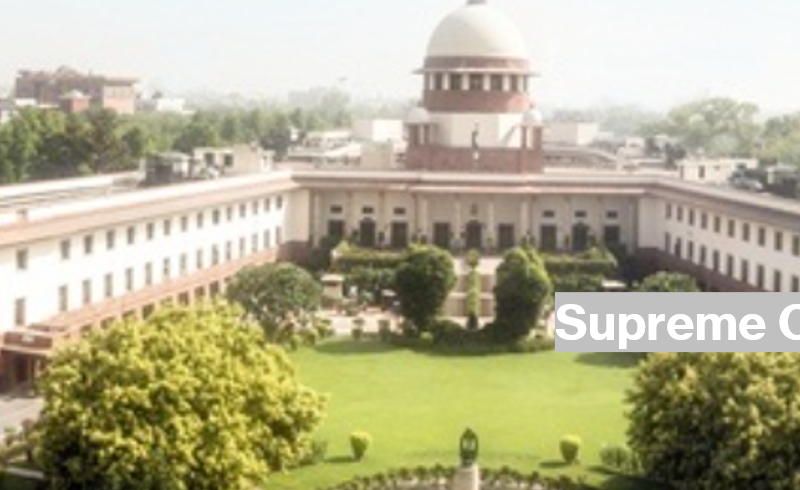The Nature of the Indian Constitution: A Federal Framework
The Indian Constitution is a remarkable document, not only for its sheer length and complexity but also for the intricate balance it strikes between various principles of governance. One of the most significant aspects of this constitutional framework is its federal structure, which forms the foundation of India’s democratic system.

Historical Perspective
We need to go back in time to fully understand the Indian Constitution. The Preamble and the Government of India Act of 1935, as well as the American Constitution and the principles of liberty, equality, and fraternity, are some of the many sources from which it has drawn inspiration.
Best 100 Electronics Appliances
Key Features
- Preamble: The soul of the Constitution, it articulates the values and aspirations of the Indian people.
- Federal Structure: The Constitution embraces a federal system of governance, balancing powers between the central and state governments.
- Fundamental Rights: Ensures the protection of individual rights and liberties.
- Directive Principles: Outlines socio-economic goals, guiding state policies.
- Parliamentary System: India follows a parliamentary democracy with a President as the ceremonial head of state and a Prime Minister as the head of government.
Understanding Federalism in the Indian Context
Federalism refers to the distribution of powers and responsibilities between the central (national) government and the state governments. In the case of India, it means that the Constitution allocates specific powers to both the Union (central) and State governments, outlining their respective domains and ensuring the autonomy of each within their defined spheres.
Federal Structure of the Indian Constitution
The federal structure is a cornerstone of India’s governance. It divides powers and responsibilities between the central and state governments, ensuring a delicate balance of authority hence establishing federal structure of India.
Dual Politics: Power Relations
With distinct divisions between the Union and the States, the Indian Constitution established a dual polity. The Seventh Schedule, which has three lists, is the centerpiece of this division.
- The Union List is a list of topics that can only be regulated by the Union government. Important topics including money, foreign policy, and defence are included in this list.The Union List includes topics that fall completely under the purview of the federal government, such as currency, international relations, and defence.
- The State List: This group of topics includes those that can only be regulated by state governments. Police, public health, and agriculture are some examples.The State List includes topics like law enforcement, public health, and agriculture that are solely under the purview of state governments.
- The Concurrent List: Both the Union and State governments may pass laws on the topics on this list. However, if there is a disagreement, Union law is applied. The Concurrent List includes topics like education and criminal law where the federal and state governments share legislative authority.
This three-way division of authority makes sure that neither the Union nor the States may infringe on the territory of the other without facing consequences. It is a crucial aspect of Indian federalism.
What the President does
In India’s federal system, the president is a key figure. Despite being primarily ceremonial, they have the authority to ratify laws made by state and federal legislatures.
Strong States and a Strong Centre
India’s federal structure gives the Union government a lot of power while simultaneously giving the States a lot of authority. The Union may take precedence in circumstances where uniformity is required. For instance, the Union government’s decisions have precedence in situations of national security or economic planning.
Moreover, the Indian Constitution incorporates mechanisms to ensure the unity and integrity of the nation. In cases of emergencies, such as during a national disaster or an armed rebellion, the Constitution grants the Union government temporary and extensive powers to take control of certain State subjects. This ensures the country’s ability to respond swiftly to crises while preserving the federal character in normal circumstances.
Evolution of Federalism in India
The nature of federalism in India has evolved over the years. Initially, the Constitution envisaged a strong center with limited autonomy for the States. However, as India’s democratic journey progressed, the balance began to shift. Several amendments expanded the powers of State governments and promoted cooperative federalism, emphasizing collaboration between the Union and the States.
One pivotal moment in the evolution of Indian federalism was the implementation of economic reforms in the early 1990s. These reforms granted States greater fiscal autonomy and the ability to formulate their economic policies, encouraging healthy competition among States and boosting economic growth.
Conclusion: Federalism’s Resilience in India
The Indian Constitution’s federal structure has proven to be remarkably resilient. It has accommodated diverse linguistic, cultural, and regional aspirations while preserving the country’s unity and integrity. India’s federalism, characterized by a delicate balance between the Union and the States, exemplifies the nation’s commitment to democracy, pluralism, and the spirit of cooperative federalism.
In essence, the Indian Constitution’s federal framework is not a static construct but a living and evolving testament to the country’s commitment to inclusive governance and unity in diversity. It remains a cornerstone of India’s democratic ethos, reflecting the nation’s belief in the strength of diversity within a united and federal structure.
FAQs
Q: How was the Indian Constitution drafted? A: The Constituent Assembly, composed of eminent leaders, meticulously drafted the Constitution over two years, finalizing it on November 26, 1949.
Q: Can states amend the Constitution? A: Yes, but only within their jurisdiction as per the procedure outlined in the Constitution.
Q: What is the significance of the Preamble? A: The Preamble sets forth the ideals and objectives of the Constitution, guiding the nation’s path.
Q: How does federalism benefit India? A: Federalism allows for localized governance, addressing diverse needs and promoting democracy.
Q: What is the role of the Supreme Court in federal disputes? A: The Supreme Court acts as the ultimate arbiter in federal disputes, ensuring the Constitution’s supremacy.
Q: What are issues and challenges pertaining to the federal structure? A: Issues and challenges related to the federal structure in India include center-state conflicts, unequal distribution of resources, and regional disparities. Balancing state autonomy with national interests remains a continual challenge, often leading to political tensions. Additionally, ensuring effective coordination and cooperation between the central and state governments is an ongoing issue.

